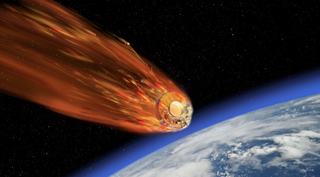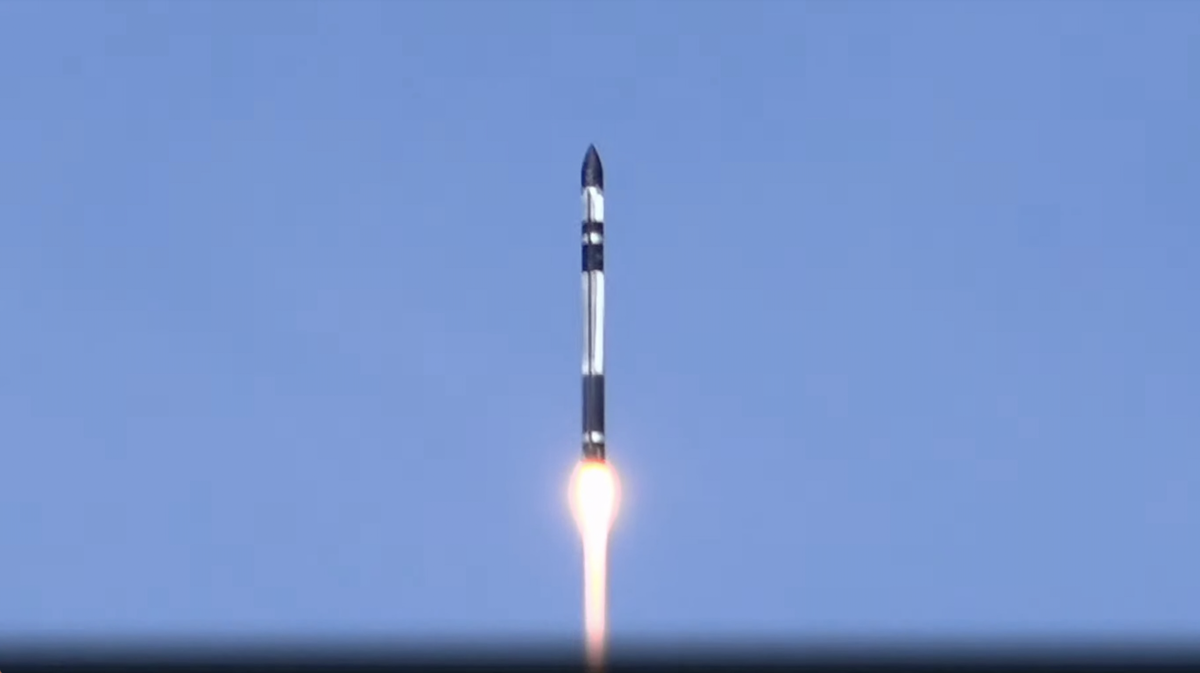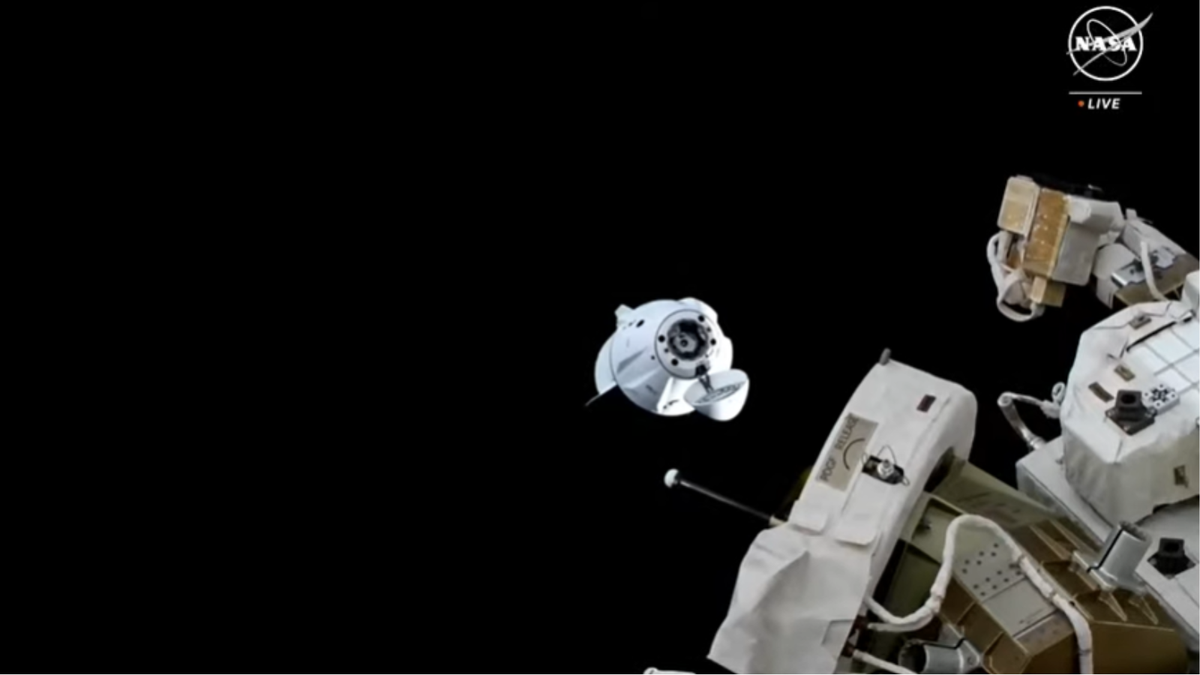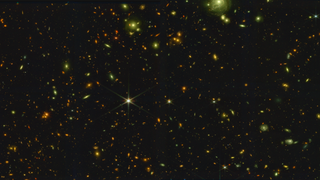The space station will receive a new shipment of supplies this morning (Nov. 5), and you can watch the event live. A SpaceX Dragon cargo spacecraft laden with 6,000 pounds (2,700 kilograms) of food, equipment and experiments will dock with the International Space Station (ISS) today around 10:15 a.m. EST (1415 GMT), if all goes according to plan. Coverage will run live on NASA+ and, if possible, Space.com will simulcast the events here. NASA’s broadcast will begin at 8:45 a.m. EST (1245 GMT). SpaceX launched the robotic Dragon aboard a…
Read MoreCategory: Solar System
Our solar system
Astronomers urge FCC to halt satellite megaconstellation launches
Over 100 astronomers from leading U.S. universities have signed an open letter calling for an assessment of potential impacts of satellite megaconstellations on Earth’s environment. The researchers urge the U.S. Federal Communications Commission (FCC), which approves satellite deployments in the U.S., to halt megaconstellation launches and conduct a thorough assessment of their possible environmental impacts before awarding further licenses. U.S. government agencies are bound by the National Environmental Protection Act (NEPA), which requires them to consider the environmental impacts of their decisions. A 1986 categorical exclusion, however, means that satellites…
Read MoreWatch Rocket Lab launch mystery mission early on Nov. 5
Rocket Lab plans to launch a hush-hush mission early Tuesday morning (Nov. 5), and you can watch the action live. The mission, for a “confidential commercial customer,” is set to lift off atop an Electron vehicle from Rocket Lab‘s New Zealand site on Tuesday at 5:30 a.m. EST (0930 GMT). Rocket Lab will webcast the launch live, beginning 30 minutes before liftoff. Space.com will carry the feed if Rocket Lab makes it available. Tuesday’s mission, which Rocket Lab calls “‘Changes in Latitudes, Changes in Attitudes,” will send one commercial satellite…
Read MoreJapan launches military communications satellite on 4th flight of H3 rocket
Japan’s new H3 rocket flew for the fourth time ever on Monday morning (Nov. 4). The H3 launched Kirameki 3, a military communications satellite also known as DSN-3, from Tanegashima Space Center on Monday at 1:48 a.m. EST (0548 GMT; 3:48 p.m. local Japan time). The flight was apparently a success: Kirameki 3 deployed at about 29 minutes after liftoff as planned, eliciting cheers and handshakes in mission control, as seen in the launch webcast by the Japan Aerospace Exploration Agency (JAXA). The two-stage H3 is Japan’s new workhorse medium-lift…
Read MoreChina’s Shenzhou 18 astronauts return to Earth today after 6 months in space
China’s Shenzhou 18 crew are ready to return home after more than six months in space. Astronauts Ye Guangfu, Li Cong and Li Guangsu have been living aboard the Tiangong space station since April 25 this year, but are set to return to Earth on Sunday (Nov. 3) after completing their mission. The trio greeted the incoming Shenzhou 19 crew aboard Tiangong on Oct. 30, meaning China briefly has six astronauts in space. Commander Ye officially handed over the control of the orbital outpost to Shenzhou 19 commander Cai Xuzhe…
Read MoreWatch SpaceX Crew-9 astronauts move Crew Dragon spacecraft to new ISS parking spot on Nov. 3
Four astronauts will relocate a SpaceX spacecraft at the space station on Sunday (Nov. 3), and you can watch the event live. The SpaceX Crew-9 astronauts, including two crew members formerly aboard Boeing Starliner, will move their Crew Dragon at the International Space Station. ISS procedures dictate that all astronauts assigned to a spacecraft climb on board for relocations, on the tiny chance something arises that would force the group to come early back to Earth. Live coverage begins at 6:15 a.m. EST (1315 GMT) courtesy of NASA+, and possibly…
Read MoreSpace isn’t all about the ‘race’ – rival superpowers must work together for a better future
This article was originally published at The Conversation. The publication contributed the article to Space.com’s Expert Voices: Op-Ed & Insights. Art Cotterell is Research Associate at the School of Regulation and Global Governance, Australian National University. In recent years, a new “space race” has intensified between the United States and China. At a campaign rally last weekend, Republican presidential candidate Donald Trump invoked this rivalry when declaring the US will “lead the world in space,” echoing Democratic counterpart Vice President Kamala Harris. Meanwhile, the president of China, Xi Jinping, has…
Read MoreBlack holes that form in ‘reverse Big Bang replays’ could account for dark energy
Scientists have strengthened the potential connection between dark energy and black holes. New research suggests that as more black holes were born in “little Big Bang reverse replays” in the 14.6 billion-year-old cosmos, the strength of dark energy grew to dominance and continues to change to this day. Dark energy is the placeholder name given to the mysterious force driving the acceleration of the universe’s expansion in its current epoch. It is troubling because scientists have no idea what dark energy is, yet it dominates our universe, accounting for around…
Read More‘Boo Deng’ steals the show at NASA JPL’s annual pumpkin carving contest (photos)
Who says NASA scientists and engineers don’t know how to have fun?! Every year the fiendishly clever folks at NASA’s Jet Propulsion Lab in Pasadena, California hold their annual pumpkin carving contest where brilliant brains concoct all manner of strange and interesting artworks using a fresh supply of seasonal orange squash to deliver some truly fantastic fabrications. The special judged event is meant to not only celebrate the Halloween holiday, but also the anniversary of the founding of the Jet Propulsion Lab, which was first opened on Oct. 31, 1936…
Read MoreChina’s Shenzhou 19 astronauts take the reins of Tiangong space station (video)
China’s Shenzhou 18 crew have passed the keys to the Tiangong space station to its new occupants. The Shenzhou 19 mission launched on a Long March 2F rocket from Jiuquan spaceport in northwest China on Oct. 29 and arrived at the Tiangong space station 6.5 hours later. Shortly thereafter, at 12:51 a.m. EDT (0451 GMT) on Oct. 30, the hatch between the Shenzhou 19 spacecraft and Tiangong was opened, allowing the three Shenzhou 18 mission astronauts to greet the trio of new arrivals aboard. The formal handover of the station…
Read More








